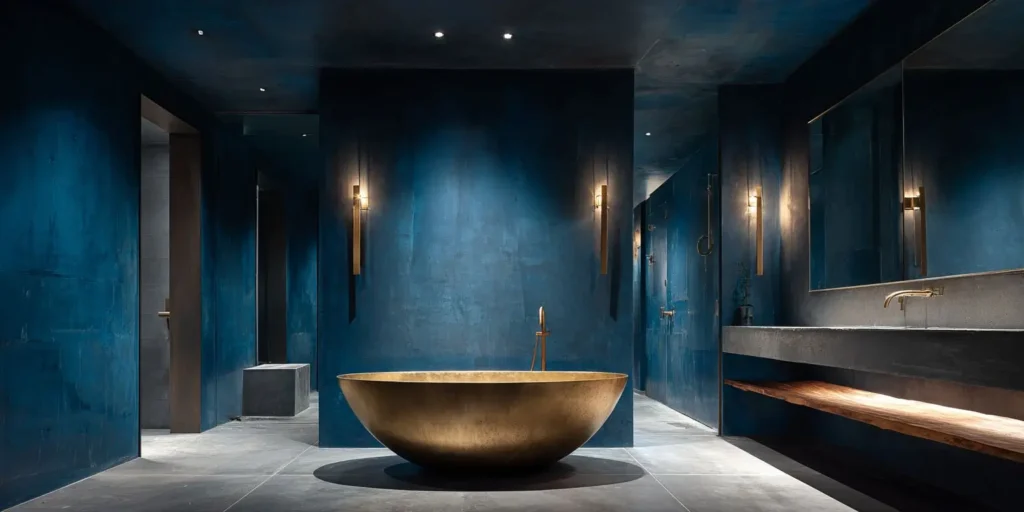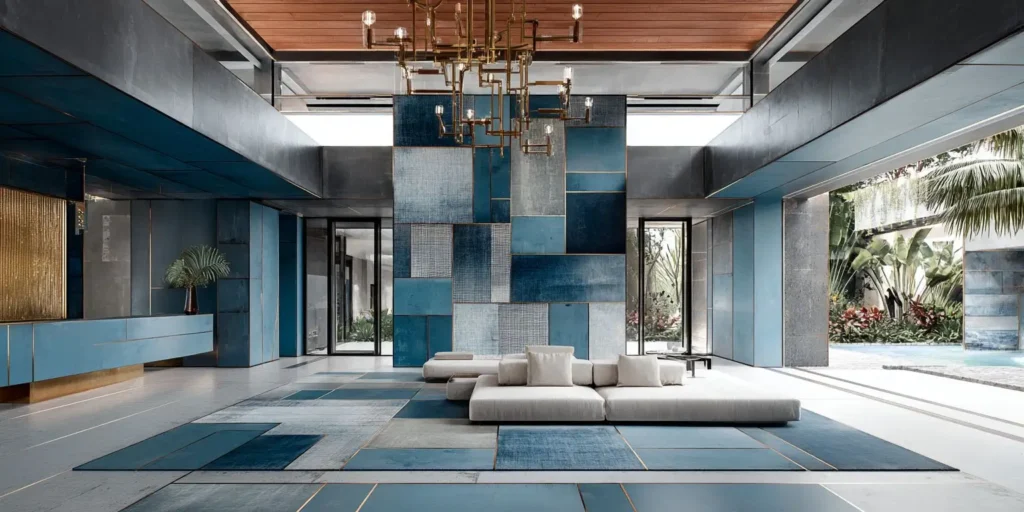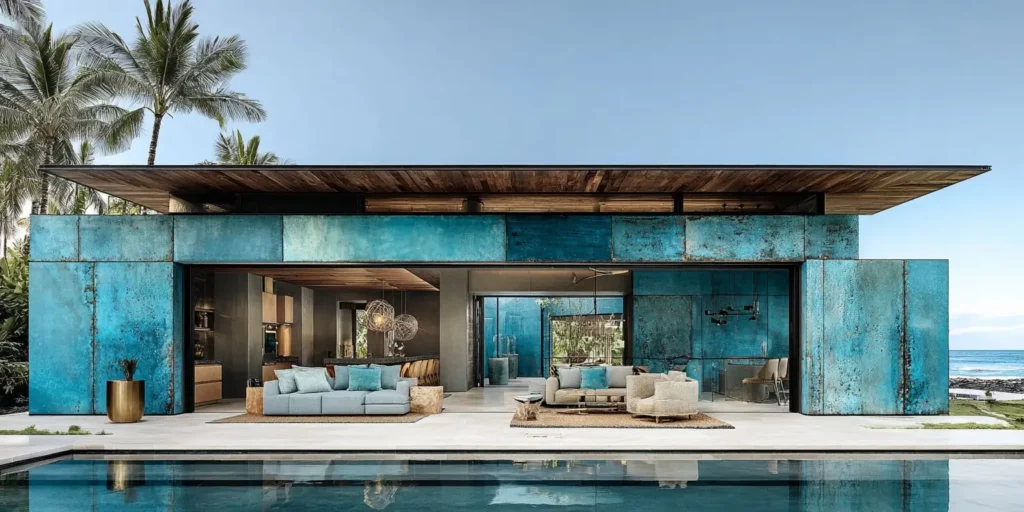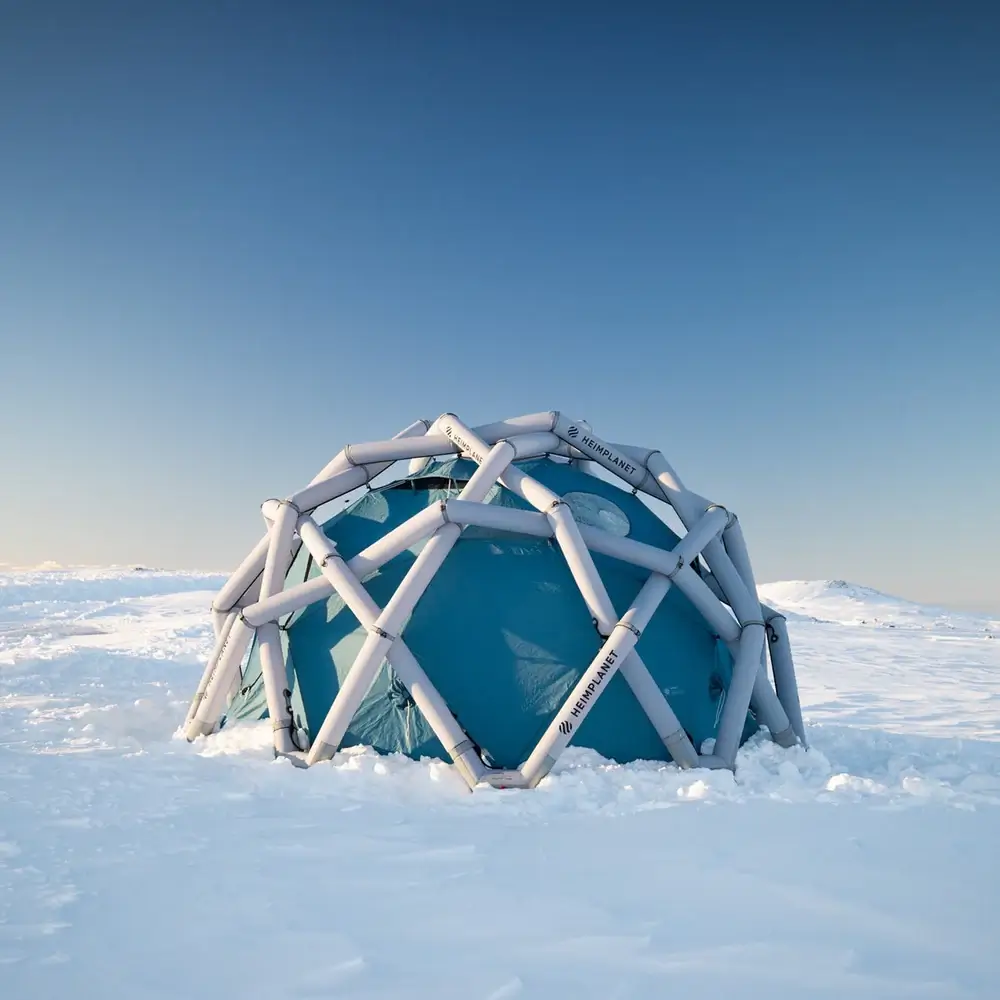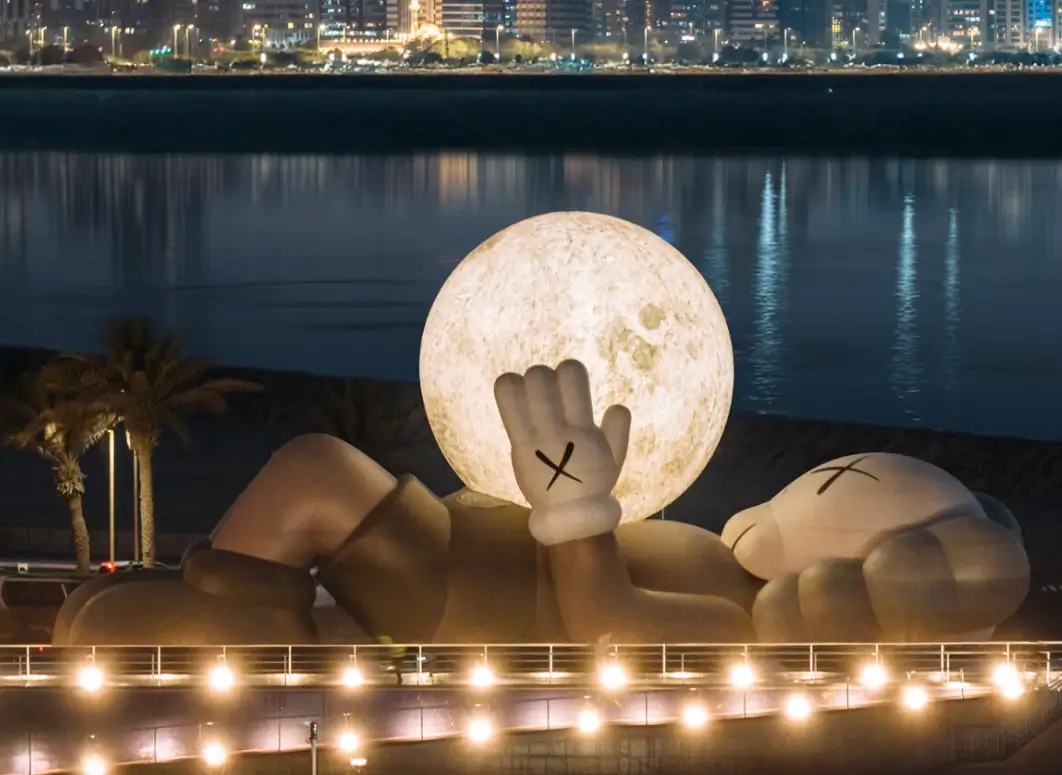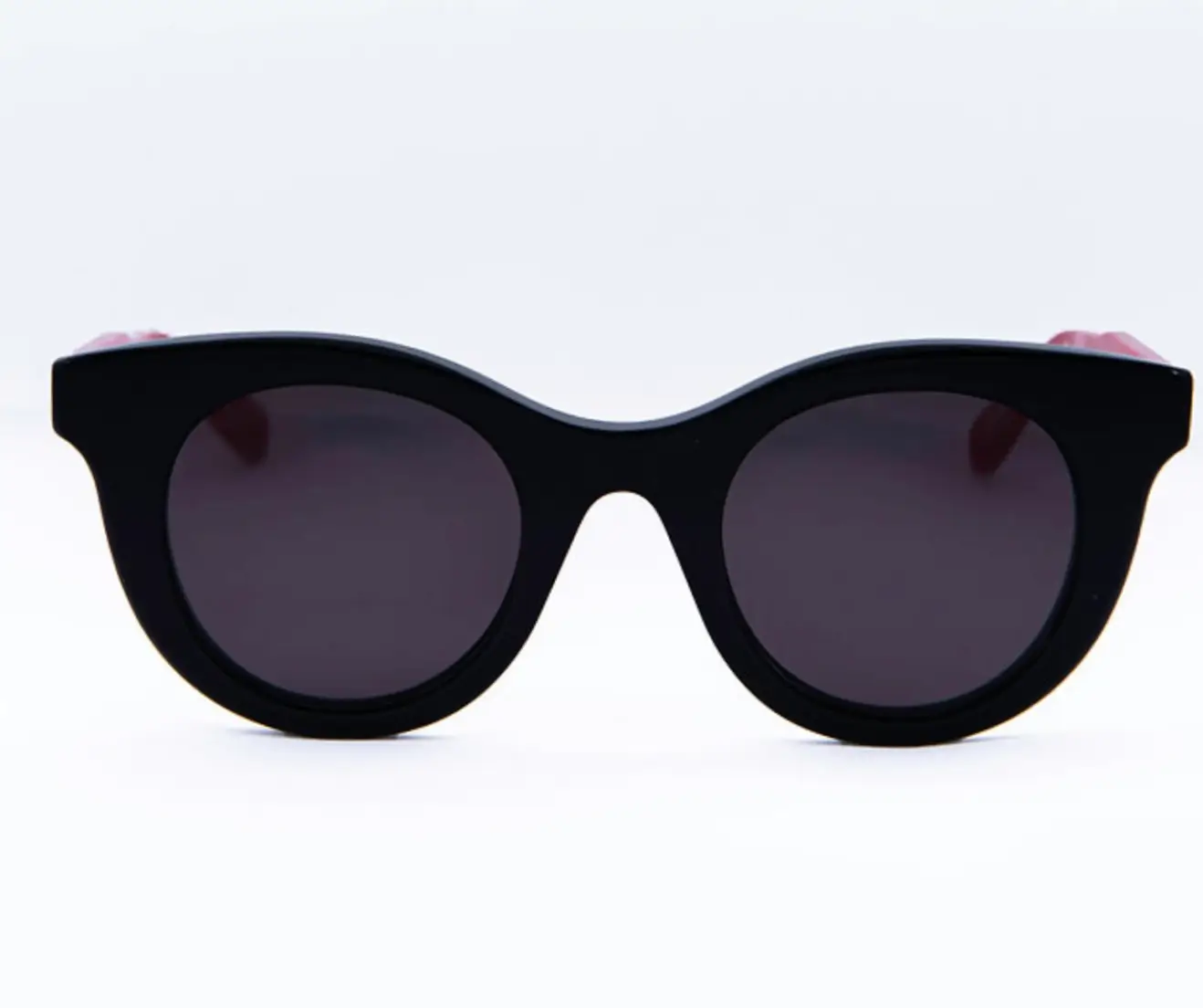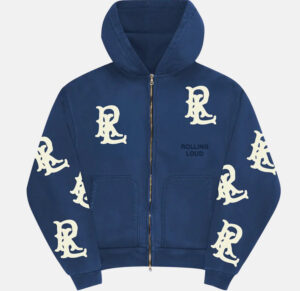Architecture today thrives at the intersection of sustainability, sensory depth, and cultural narrative. Indigo Hale embodies this mix — a modern tropical retreat that redefines haute by repurposing one of the world’s most ubiquitous waste materials: denim. Its design revolves around a captivating “Blue & Brass” concept, in which recycled denim fibers form the chromatic and emotional backbone of the home.
The vision of Indigo Hale isn’t merely aesthetic. It’s an act of rethinking material value — of recognizing that the essence of modern opulence might emerge not from rarity, but reinvention.
denim
The project’s defining feature is its striking, textured blue — a hue that draws its pigment and tone from recycled denim waste. By transforming discarded jeans into a new architectural medium, the design shifts the narrative around sustainability: denim becomes a structural pigment, not a discarded fashion relic.
The surfaces — cool, mineral, tactile — tell a story of transformation. Through a process of fiber reclamation, denim threads are shredded, bonded, and integrated into cementitious compounds, resulting in what the designers call Denim-Crete Terrazzo.
The floors of Indigo Hale are therefore not just polished slabs, but storyboards of textile memory: flecks of indigo blue dance across a neutral matrix, like ocean light shimmering over reef sand. Every step through the house feels grounded in the awareness that beauty can be circular — that textile excess can metamorphose into architectural permanence.
flow
Beyond the floor, recycled denim also appears in woven acoustic wall coverings. These dense, tactile panels absorb sound and soften the home’s modern geometry. The subtle grain of indigo weave — matte, fibrous, imperfect — adds warmth to otherwise sleek planes of glass and stone.
In open-plan tropical homes, acoustics often pose a challenge. Here, the denim weave not only dampens echo but also evokes the sensorial comfort of fabric — a bridge between clothing and construction. The result is an atmosphere that feels enveloping rather than cavernous, intimate rather than echoic.
the brass
To balance the pervasive blue, Indigo Hale employs brushed brass throughout — in lighting, fixtures, furniture bases, and architectural accents. Brass, with its golden undertone, acts as both foil and complement to the coolness of denim.
Its presence is deliberate and restrained. Door handles catch the morning light; thin brass inlays trace the seams of the terrazzo floor; pendant lamps hang like molten geometry above neutral sofas. The material’s oxidation over time only deepens the palette — a living counterpoint to the stable, enduring indigo.
Brass here does not signify decadence, but dialogue: it warms what could otherwise feel stark. Its reflective tone reintroduces the glow of sunlight into shaded interiors, ensuring that even the bluest corners of the home retain a sense of life.
arch
Structurally, Indigo Hale adopts a low-slung, Post-modern Tropical form. The layout favors porous transitions: walls slide, air flows, and views extend from courtyard to coastline. The architecture refuses to separate inside from outside, opting instead for continuity.
The roofline floats — thin, shadowed, and gently cantilevered — to create perpetual shade. Beneath it, vast openings reveal the rhythm of ocean light and palm silhouettes. Natural ventilation is the true luxury here: the architecture breathes.
The openness also celebrates material honesty. Brass, wood, denim-crete, and glass all coexist without concealment. Surfaces reveal their making — seams visible, patina embraced — echoing the tactile transparency of the materials themselves.
innov
The construction of Denim-Crete Terrazzo required experimentation. The process begins by pulverizing reclaimed denim into fine fibers, which are then mixed with mineral binders and poured in situ. Once hardened, the surface is hand-polished until the indigo flecks emerge with marble-like depth.
For the woven walls, denim offcuts are sorted by shade, shredded, and re-spun into heavy yarns before being handwoven on looms. This labor-intensive method gives each panel a distinct tonal gradation — no two walls share the same blue.
This hybrid craft — part textile art, part industrial design — demonstrates how waste can become wonder when treated with patience and precision.
the role of wood
If blue is the soul of Indigo Hale, and brass its warmth, then wood is its anchor. Local hardwood beams and slatted ceilings temper the metallic sheen, introducing rhythm and natural scent. The ceilings — long bands of oiled teak — draw the eye toward the horizon, mirroring the linear calm of the sea beyond.
Wood’s organic irregularity softens the edges of modernism. Its natural oils and subtle hues prevent the interior from feeling sterile. Within the brass and denim interplay, wood becomes the human touch — a nod to craft, tradition, and the tropical environment from which the home draws its inspiration.
light and reflection
Light in Indigo Hale is treated as a material. The house is oriented to catch morning illumination and release it slowly through reflective surfaces. The polished Denim-Crete refracts a soft, aquatic glow, while brass details shimmer gently as daylight shifts.
At night, concealed LEDs cast long washes of light along the indigo walls, revealing texture where daytime glare would flatten it. Brass sconces mimic candlelight — warm, directional, flickering. Each reflection amplifies the contrast between rough and refined, man-made and natural.
This careful manipulation of luminosity ensures the house changes character hourly. In dawn light, it feels serene; by sunset, it glows like a kiln.
sustainability
In a global context dominated by overproduction, Indigo Hale suggests an alternative vision of sustainability — not through minimalism, but through material intelligence. It doesn’t abstain from luxury; it redefines it.
Using recycled denim isn’t a gimmick. It’s a commitment to circularity: proof that high-end design can incorporate post-consumer materials without sacrificing beauty or performance. Each fiber of blue represents a garment once worn, loved, and discarded — now reborn as architecture.
This approach also localizes value chains. The denim reclamation process supports artisanal industries, creating skilled labor opportunities in material recovery and hand-finishing. Sustainability, here, is both ecological and human.
theme
“Post-modern tropical” is not an aesthetic label but an attitude. It’s an architecture that recognizes global modernism’s lessons but responds to local climate, ecology, and emotion.
Indigo Hale translates this through cross-ventilation, material porosity, and tonal restraint. The structure avoids nostalgic tropes like pitched roofs or colonial detailing. Instead, it uses local craft and renewable resources within a framework of global design language.
It is post-modern in its hybridity, tropical in its climate empathy, and contemporary in its intellectual clarity.
phil
At its core, Indigo Hale asks a deceptively simple question: What if luxury and waste were the same material, seen differently?
The answer unfolds in every detail — in the blue terrazzo, in the brass basins, in the shadows that breathe through wooden louvers. This house demonstrates that the future of high-end design might emerge from reinterpreting what we already possess.
The project, then, is less about aesthetic novelty and more about philosophical renewal. It invites reflection on how fashion, consumption, and environment intertwine — and how design can bridge them through empathy and ingenuity.
impression
The Indigo Hale project is both a home and a manifesto. It embodies the future of sustainable architecture: where waste materials evolve into luxury finishes, where craftsmanship meets innovation, and where beauty stems not from excess but reinvention.
By turning recycled denim into architecture, the designers remind us that our most abundant resource may be what we already own — discarded, forgotten, awaiting transformation.
No comments yet.

